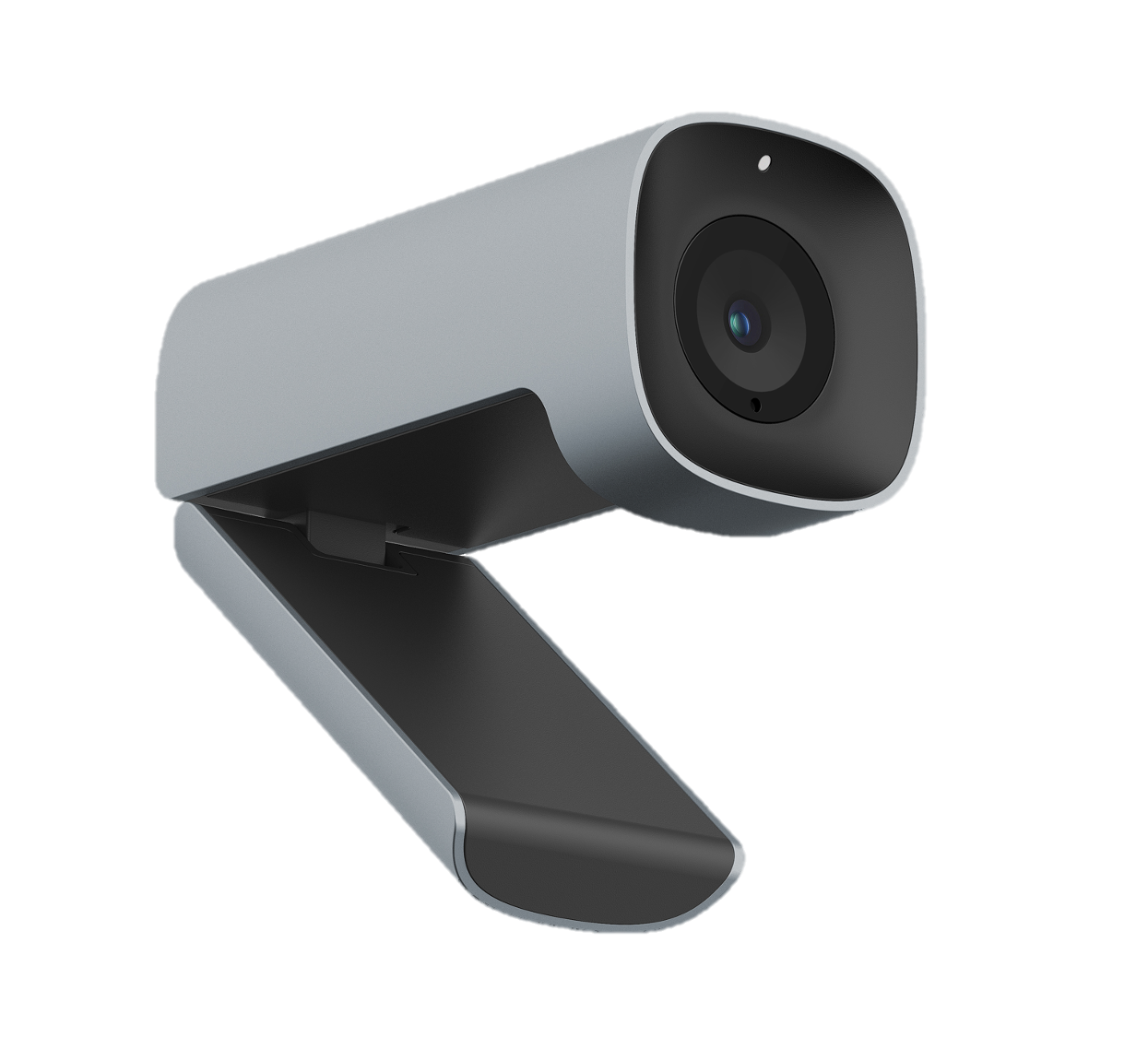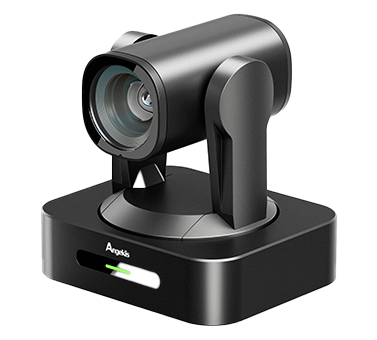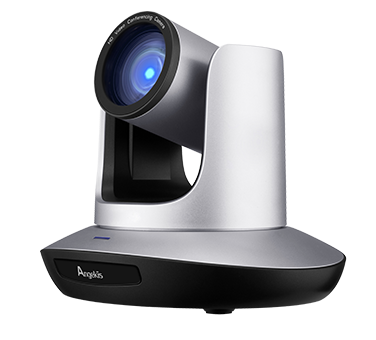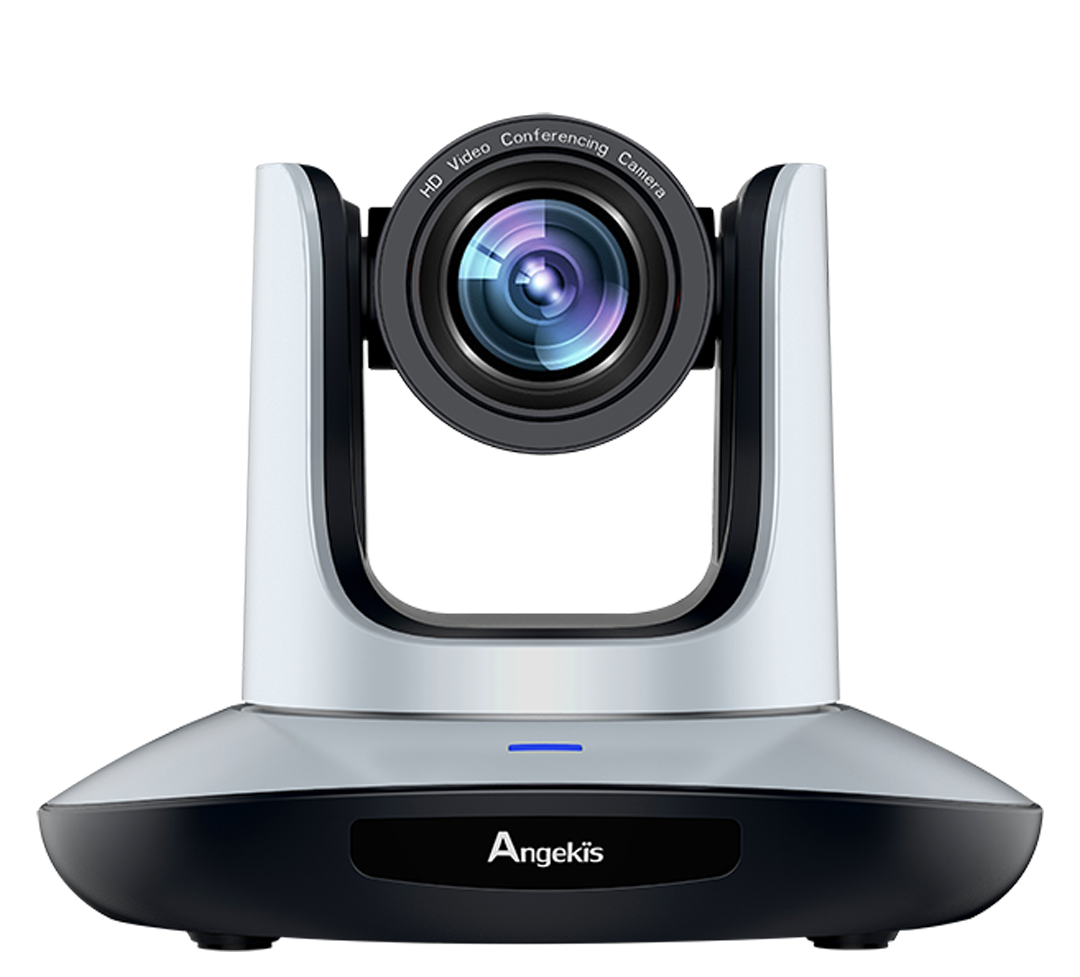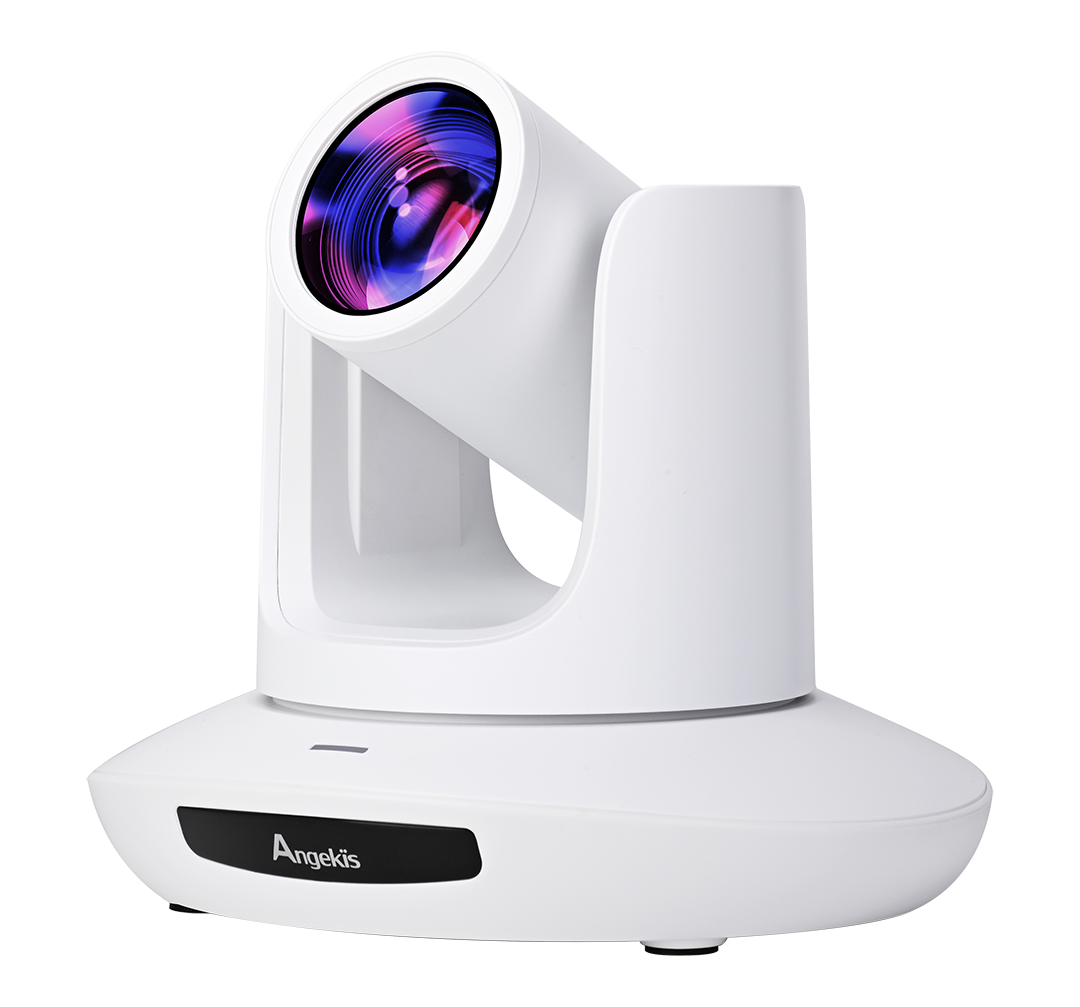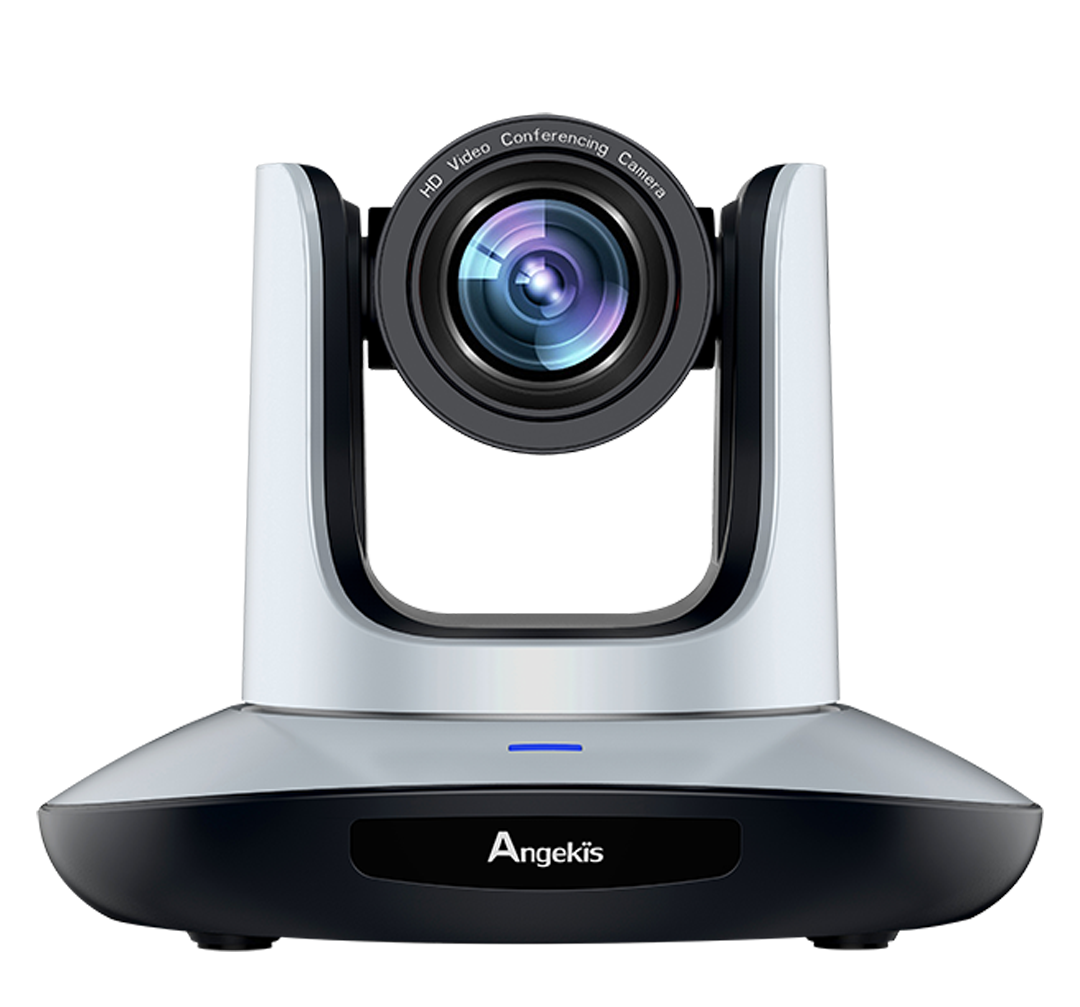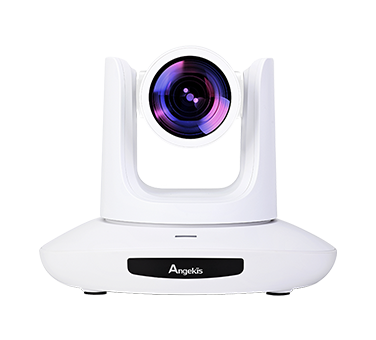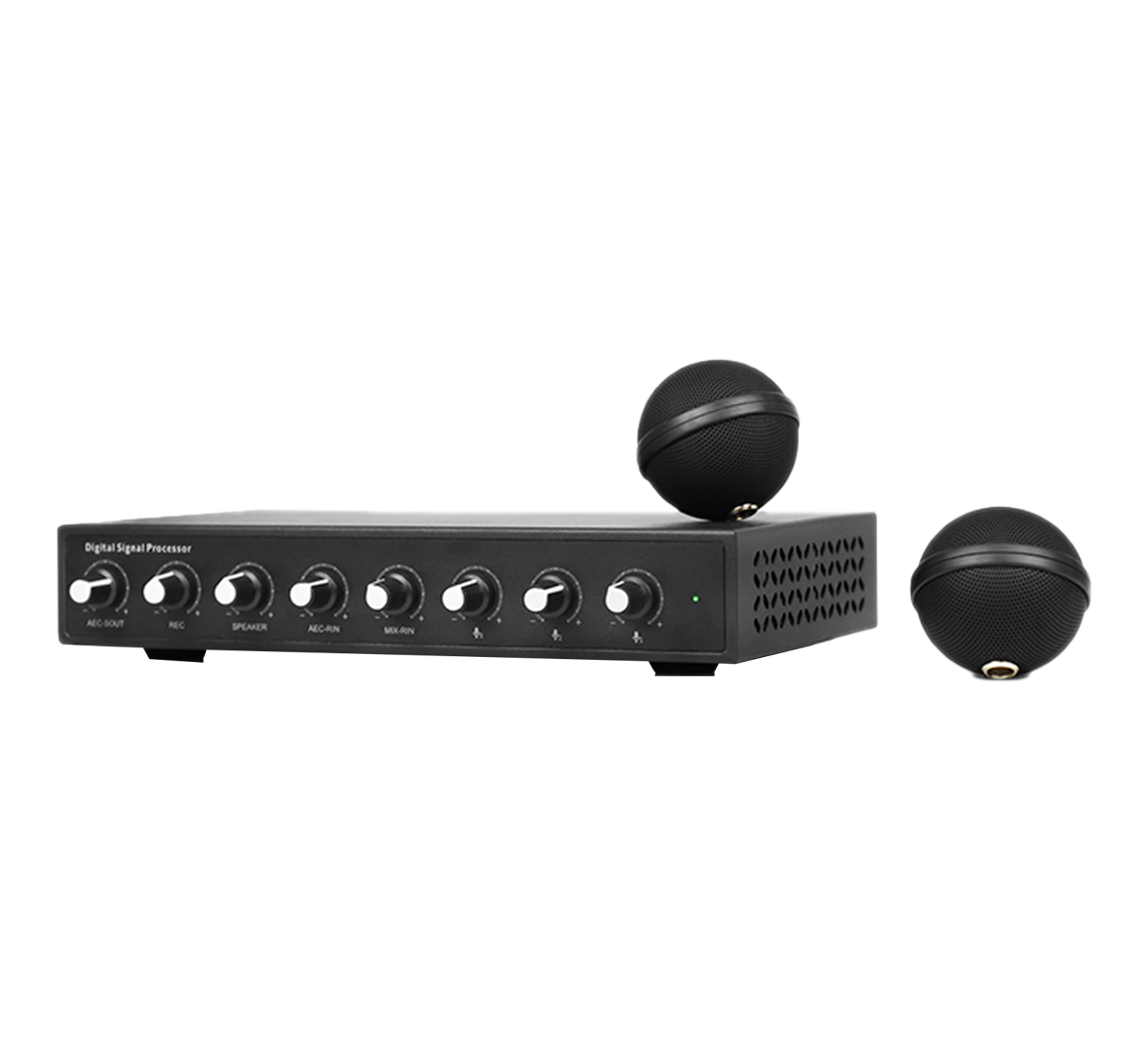What is the difference between an HD Camera and a 4K Camera
What is the difference between an HD Camera and a 4K Camera?
When you buy a livestreaming video camera, or any camera for that matter, one of the most important elements is the resolution of the camera. Many consumers are confused about the exact difference between 4K and HD resolutions, especially as 4K vs HD are not the only factors involved in choosing a camera. Here we will look at the definitions and differences between 4K and HD image quality.
"HD" is "High Definition", a term originating from the field of digital television. High-definition television, also known as "HDTV", is defined by the number of horizontal scan lines in an image. In digital formats using pixels, HD High Definition is defined as a resolution equal to or higher than 720 horizontal scan lines, or an image 720 or more pixels in height. For standard format TVs (16:9 aspect ratio), this means an overall resolution of 720 vertical and 1280 horizontal, or greater. Note that 1080p is also categorized as High Definition, and this refers to a pixel height of 1,080 (or 1080p HD). With a standard aspect ratio this is also written as 1920 * 1080. With 1080p HD, this means the total pixel image area is equivalent to 2,073,600 pixels, requiring a 2.1 Megapixel image sensor to capture an image at full 1080p HD quality.
The Concept of a 4K Camera
4K refers to a resolution of 4096 (horizontal pixels) × 2160 (vertical pixels), at an aspect ratio of 16:9. 4K is technically also a subset of HD High Definition, and sometimes referred to as Ultra High Definition “UHD”. 4K HD camera image quality runs over 8 Megapixels in total, quadrupling the resolution of 1080p HD images. 4K has a much more accurate level of picture detail, is much cleaner, clearer, but also requires more sophisticated equipment and uses higher bandwidth when the image is run over the internet - although the prices are coming down.
Making the Choice Between 4K and HD
At present, 1080p HD Cameras, such as the Saber IP20X or the Saber Plus, might already be the maximum resolution your other hardware and software can allow. For example, Zoom is currently limited to a maximum of 1080p video with Business/Enterprise accounts, and normally runs a maximum of 720p HD for normal users. In fact, if you try to run higher resolution than this, such as sharing a 4K pre-recorded video, the software will downgrade the image quality, which may cause errors. While it may be a wise investment to future-proof your livestreaming setup with a Blade 4K or a Saber 4K camera, this might not always be the right choice. Check your requirements, budget, and other considerations when choosing between 4K and HD cameras.
Still, when we examine market trends, compared to HD cameras, 4K cameras are undoubtedly the new favorite, so next let’s focus on understanding the technology of 4K.
4K technology is evident in the increase in display resolution, making the picture more detailed. There are two important key factors that affect the fineness of the screen, one is the pixels of the screen, and the other is the vertical resolution of the screen. The higher the pixel count of the screen, the finer the pixels on the same size screen, and the smaller the lattice. In simple terms, 4K resolution on your 6” phone screen is much more demanding in terms of hardware than getting the same resolution on a desktop monitor, because each pixel must be much smaller in order to hit the required definition.
4K Camera and HD Camera Prices
The intuitive difference between 4K and HD Cameras is in the price. Just look up any livestreaming camera or display with 4K vs HD options and you’ll notice the difference immediately.
This can be an important factor in your camera selection and purchase. Integrating HD cameras into your setup might save you some money, with no immediate downsides depending on your other AV hardware and software, but going with 4K offers future-proofing and better performance that will be immediately noticeable in some use cases - especially recorded content.
4K Complications
Much like how the HD standard encompasses a range of actual specifications, 4K also has some flexibility to it, and is mainly defined based on a minimum standard, above which everything is “4K”.
A standard 4K camera has 8,284,400 pixels when converted to 4K for the "UHDTV standard"; 9,739,600 pixels for the "Academy 4K standard"; and if it is the "Full Aperture 4K standard", it has 12,744,700 pixels. So, if you want to determine the total pixels of your 4K camera you’ll have to check in on the details. Generally, Angekis 4K Cameras use the UHDTV Standard.


